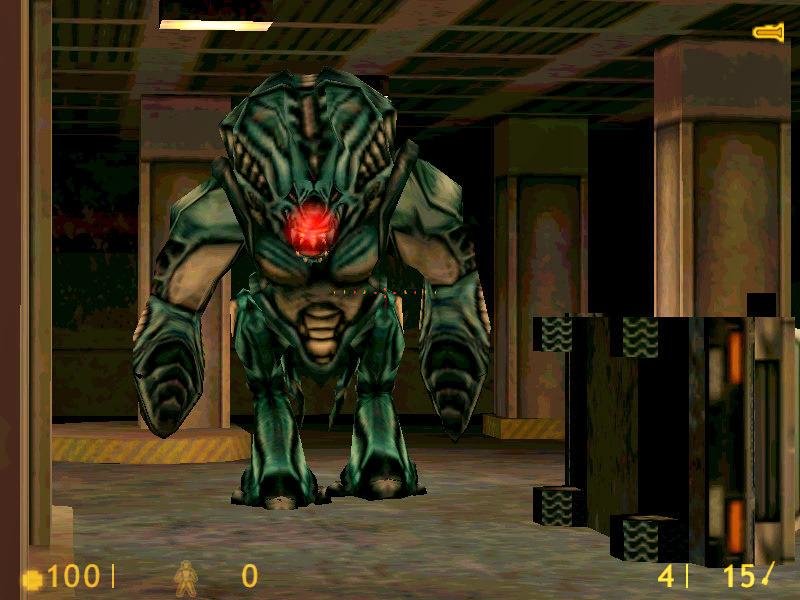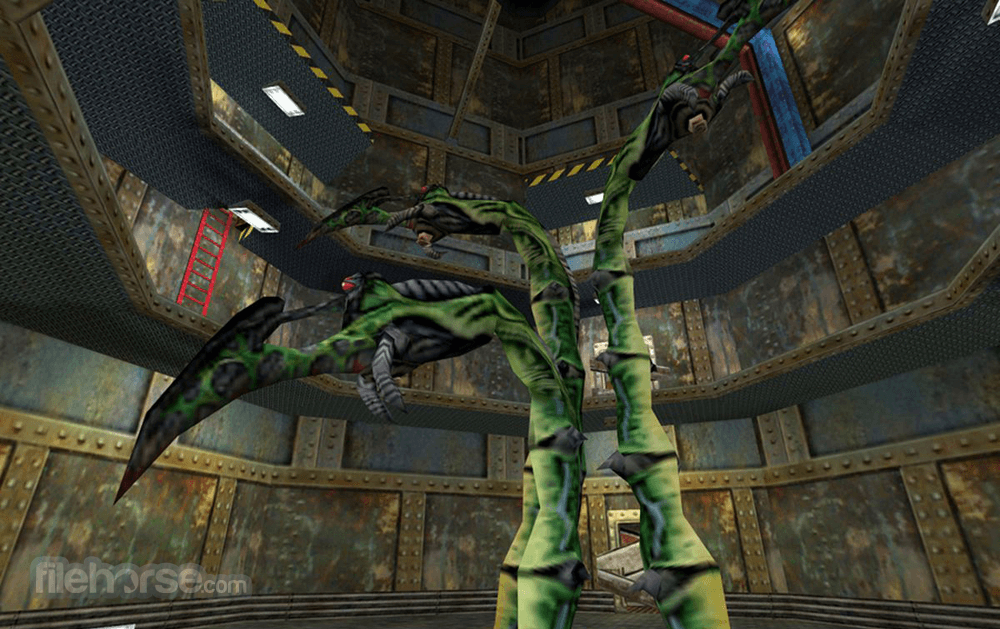
Breast cancer is not a single disease but consists of several subtypes.

Breast cancer is the most prevalent type of cancer in women and the leading cause of cancer death in both developed and developing countries. FAPESP # 2010/52326-9 financial support in Brazil.Ĭompeting interests: The authors have declared that no competing interests exist.Ĭancer is one of the foremost causes of death worldwide. Ramalho’s scholarship and financial support. The Microscopy, Imaging and Cytometry Resources Core is supported, in part, by NIH Center grant P30 CA022453 to the Karmanos Cancer Institute at Wayne State University, and the Perinatology Research Branch of the National Institutes of Child Health and Development at Wayne State University. This is an open access article distributed under the terms of the Creative Commons Attribution License, which permits unrestricted use, distribution, and reproduction in any medium, provided the original author and source are creditedĭata Availability: All relevant data are within the paper and its Supporting Information files.įunding: Studies described here were supported by R01 CA131990 (BFS) and R01 EB016072 (JJK and CT) from the National Institutes of Health. Received: AugAccepted: OctoPublished: November 12, 2015Ĭopyright: © 2015 Ramalho et al. (2015) Imaging Sites of Inhibition of Proteolysis in Pathomimetic Human Breast Cancer Cultures by Light-Activated Ruthenium Compound.

We suggest that caged inhibitor 2 is a prototype for cathepsin B inhibitors that can control both the site and timing of inhibition in cancer.Ĭitation: Ramalho SD, Sharma R, White JK, Aggarwal N, Chalasani A, Sameni M, et al.

Upon light activation, compound 2, like compound 1, inhibited cathepsin B activity and pericellular collagen IV degradation by the 3D pathomimetic models of living breast cancer cells, without causing toxicity.

We further report the synthesis and characterization of a caged version of compound 1, (BF 4) 2 (compound 2), which can be photoactivated with visible light. To image, localize and quantify collagen IV degradation in real-time we used 3D pathomimetic breast cancer models designed to mimic the in vivo microenvironment of breast cancers. We demonstrate inhibition by a dipeptidyl nitrile inhibitor (compound 1) of cathepsin B activity and also of pericellular degradation of dye-quenched collagen IV by living breast cancer cells. The cysteine protease cathepsin B has been causally linked to progression and metastasis of breast cancers.


 0 kommentar(er)
0 kommentar(er)
